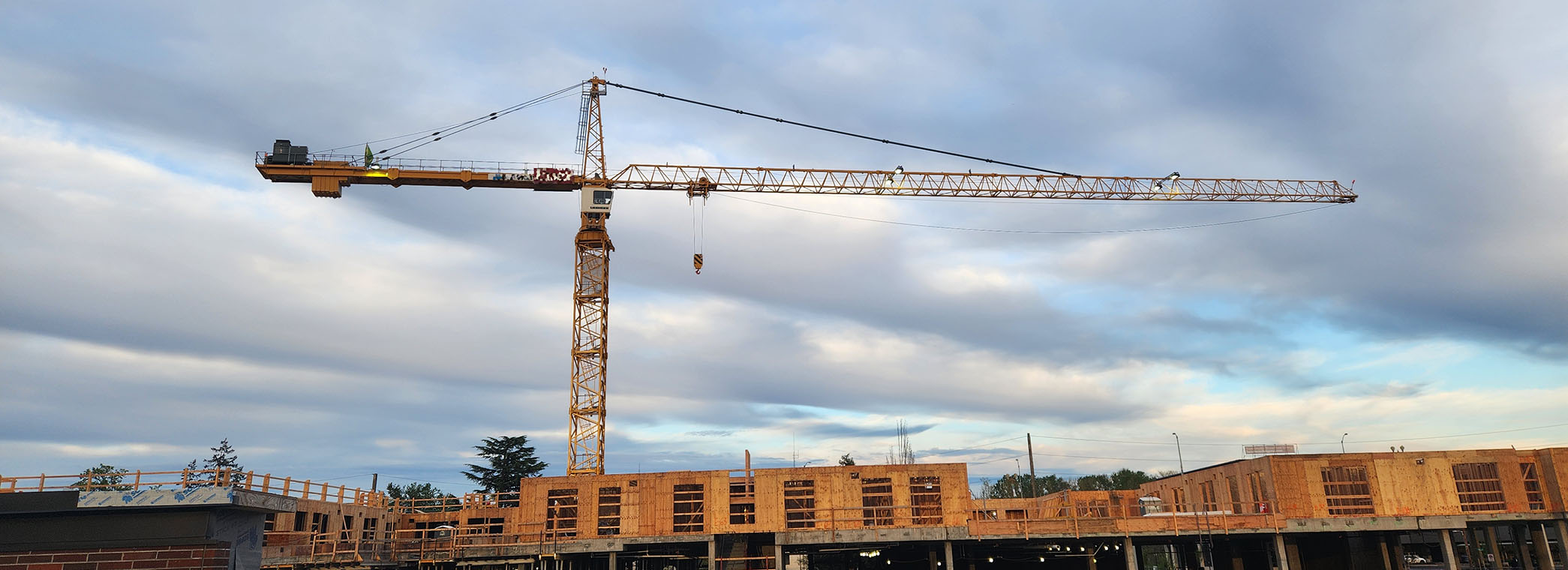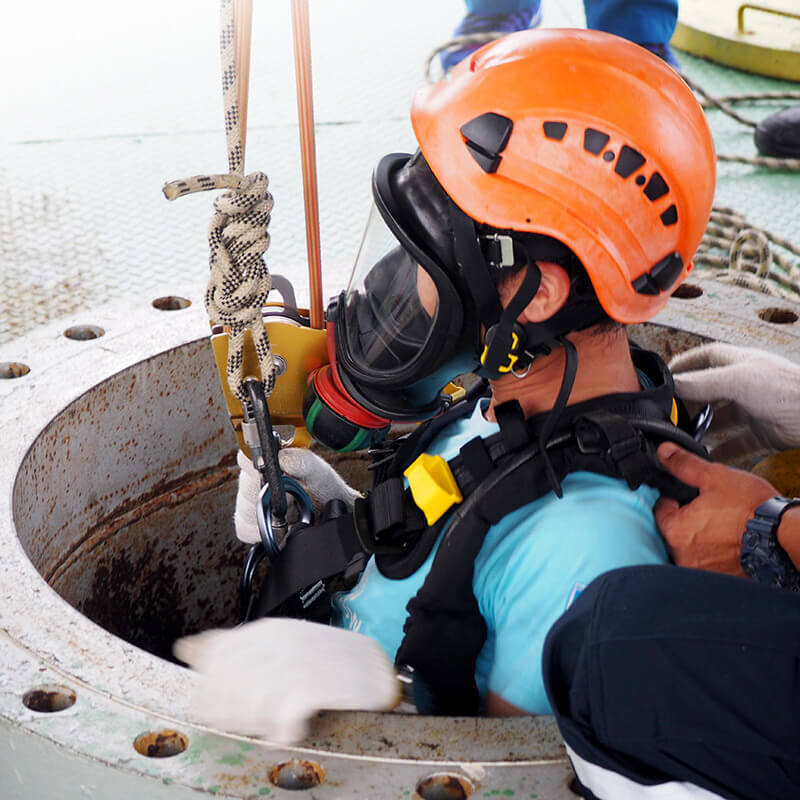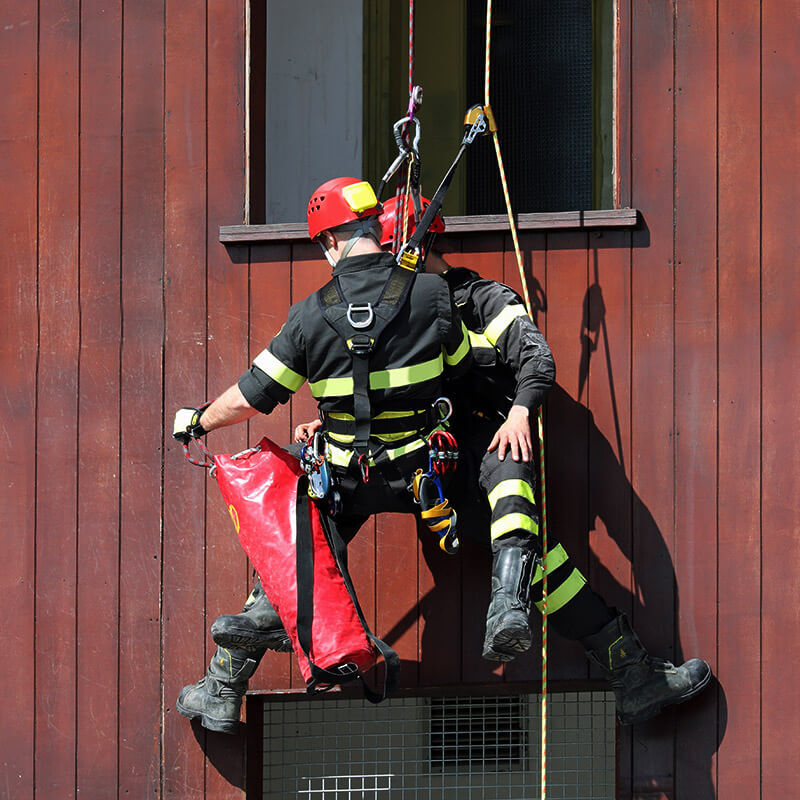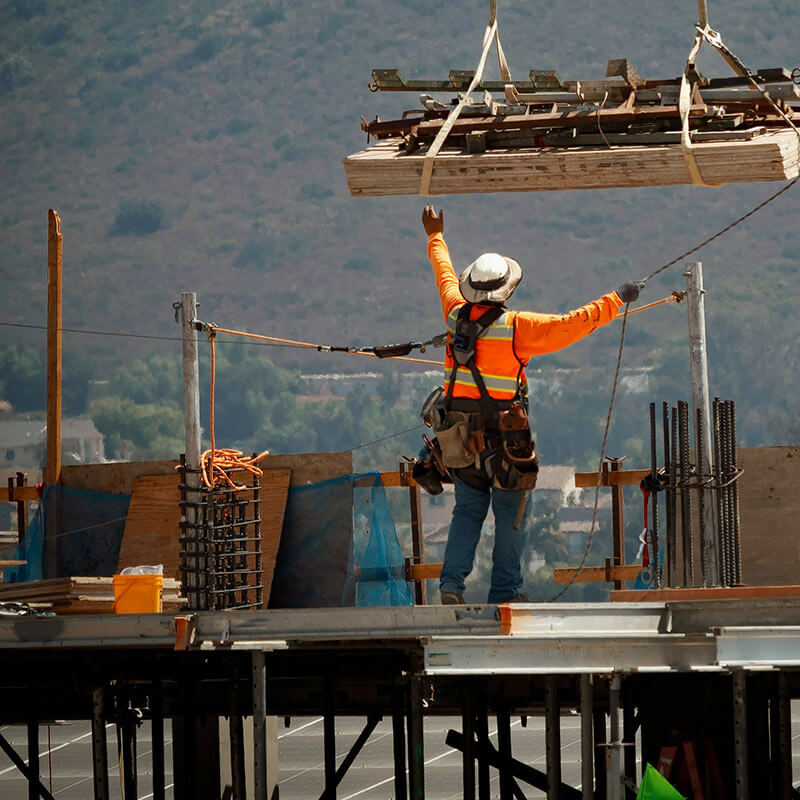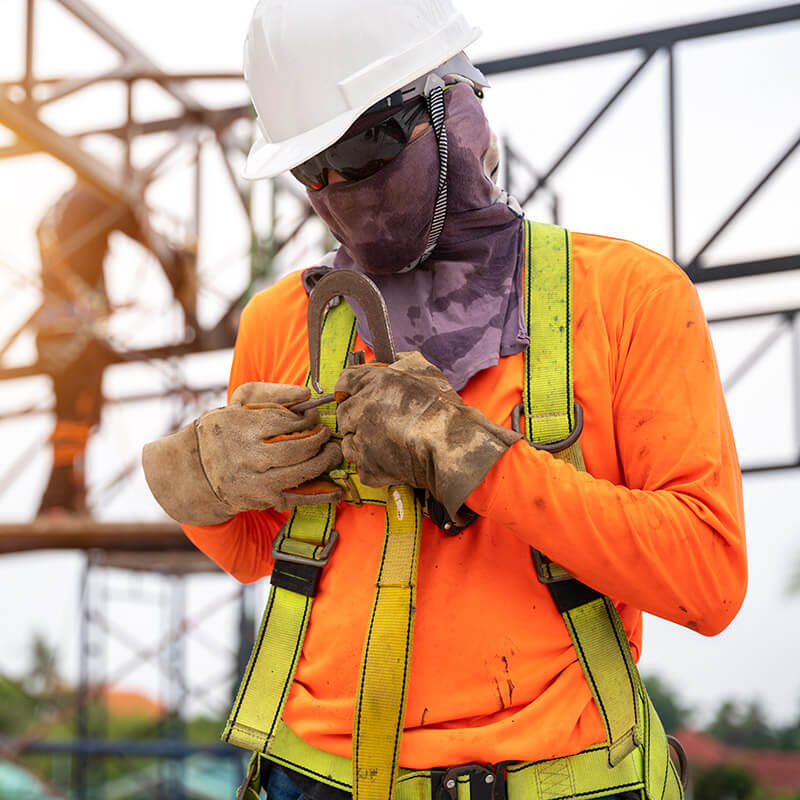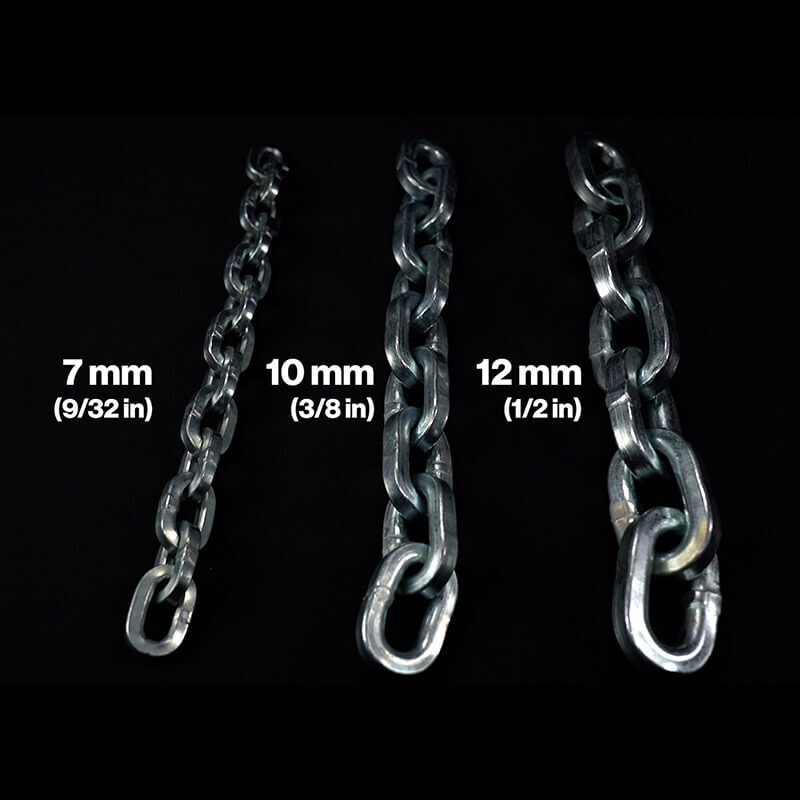What is the most common rigging?
Did you know that every year, over 20 people die from crane failures due to bad rigging in the U.S.? This shows how vital it is to know about rigging basics. It's key in many areas like building, shows, making things, and moving goods. Rigging helps safely lift and move heavy stuff on job sites.
The most common rigging uses cranes, hoists, and slings. These are vital in many industries. The choice of materials like wire rope, chains, or synthetic fibers is crucial. It makes sure the load is safe and supported. Following OSHA rules and getting the right training is a must for rigging in construction and other fields. It helps avoid accidents and keeps work flowing smoothly.
Key Takeaways
- Over 20 fatalities annually are linked to crane-related rigging failures, highlighting the importance of proper rigging practices.
- Rigging is crucial in construction, entertainment, manufacturing, and shipping industries.
- The most common rigging involves cranes, hoists, and slings.
- Materials used in rigging include wire rope, chains, and synthetic fibers.
- Adherence to OSHA safety standards and proper training are essential to prevent accidents.
Understanding Rigging Types and Equipment
In the world of rigging, knowing the different types and materials is key. This knowledge helps pick the right rigging for each situation, ensuring safety and efficiency.
Different Types of Rigging
There are many rigging types, each for different lifting needs. Static line rigging is for loads that don't move much, keeping things stable and secure. On the other hand, dynamic rigging is for when you need flexibility and movement, but safety is crucial.
The American Society of Mechanical Engineers (ASME) lists important materials for these rigging types:
- Alloy steel chain slings - Strong and long-lasting.
- Wire rope slings - Great for many types of loads.
- Metal mesh slings - Keep loads stable.
- Synthetic rope slings - Flexible and light.
Common Rigging Equipment
Key rigging equipment is crucial for lifting success. The main parts are:
- Shackles - Connect rigging pieces together.
- Hoists - Lift loads up or down.
- Spreader bars - Spread out the load's weight evenly to prevent damage.
These tools must meet high standards from ASME and ANSI to work well in different situations. Keeping them in good shape and checking them often is important. It helps them last longer and keeps operators safe.
Choosing the Right Rigging for Your Needs
Picking the right rigging is key for lifting projects. You need to consider:
- The load's weight, size, and type.
- The lifting environment.
- Following regulations and guidelines.
Using the detailed advice from the Lifting Equipment Engineers Association (LEEA) can make lifting safer and more efficient.
Rigging Techniques and Safety
Learning how to rig safely is key for moving loads without accidents. Using the right methods helps prevent accidents and makes operations smooth. Important steps include keeping sling angles right, spreading the load evenly, and lifting at a steady pace. These steps keep the load stable during lifting.
Rigging safety is also crucial. OSHA suggests safety steps like pre-operation briefings, checking equipment, and sticking to load limits. These steps cut down the chance of equipment failure and accidents, making the workplace safer.
Essential Rigging Techniques
Knowing and using key rigging techniques is vital for success. These include:
- Keeping sling angles correct to reduce risk and keep things stable.
- Ensuring the load is evenly distributed to avoid putting too much stress on the rigging.
- Controlling how fast you lift to prevent sudden loads that could harm the load or equipment.
Getting trained and certified is important for rigging best practices. Riggers should get certifications from trusted groups to meet safety standards and keep up with new techniques. Keeping up with education and practical experience helps riggers use equipment well and follow the latest rigging methods.
Conclusion
Rigging is key to safety and success in many operations. This article has covered the basics of rigging, including types, equipment, and techniques. These are essential for any rigging job.
Knowing how to use different rigging techniques and equipment is crucial. People in the industry must keep learning and follow the rules. This helps keep everyone safe and makes operations run better.
With new technology, it's important to keep up with the latest in rigging. By using new tech, rigging pros can make their work better. This keeps them leading in their field. Staying focused on safety and learning new things makes rigging safer and more efficient for everyone.
FAQ
What is the most common rigging used in construction?
In construction, the most common rigging includes cranes, hoists, and slings. These are key for lifting and moving heavy items. The choice of materials like wire ropes, chains, or synthetic fibers depends on the load's weight and how fragile it is. It's vital to follow safety rules and get proper training to avoid accidents and work efficiently, as OSHA points out.
What are the different types of rigging?
Rigging comes in two main types: static and dynamic. Static rigging is for loads that don't move much and uses fixed systems. Dynamic rigging is for loads that need to be moved and uses mobile systems that require careful control. The materials used include alloy steel chain slings, wire rope slings, metal mesh slings, and synthetic rope slings. Each type has its own benefits, like being strong or flexible.
What are some common rigging equipment used in industries?
Key rigging tools include shackles for linking parts together, hoists for lifting, and spreader bars to spread out the load's weight evenly. These tools must meet high standards from groups like ASME and ANSI. It's also crucial to check and maintain them regularly to keep them safe and lasting long.
How do you choose the right rigging for your needs?
Picking the right rigging means knowing the load's size, weight, and type, the lifting conditions, and the rules of your industry. The Lifting Equipment Engineers Association (LEEA) offers guidelines to make rigging safe and efficient.
What are some essential rigging techniques?
Key rigging methods include keeping sling angles right for stability, spreading out the load, and controlling how fast you lift. Before lifting, check everything carefully, follow OSHA's safety rules, and make sure your team is trained and certified. This ensures you're meeting safety standards.
What Are the Different Types of Climbing Ropes?
Dec 11th 2025
What Type of Rope Is Best for Climbing?
Dec 9th 2025
What Are the Two Types of Kernmantle Rope?
Nov 25th 2025
What Is a Kernmantle Rope Used For?
Nov 21st 2025
What Is a Fall Protection Harness?
Nov 14th 2025
What are the four components of a PFAS?
Nov 7th 2025
Is Palmer Safety OSHA Compliant?
Nov 3rd 2025
What’s the Hardest Chain to Cut?
Oct 20th 2025
What are the most common tools used in rigging?
Oct 13th 2025


